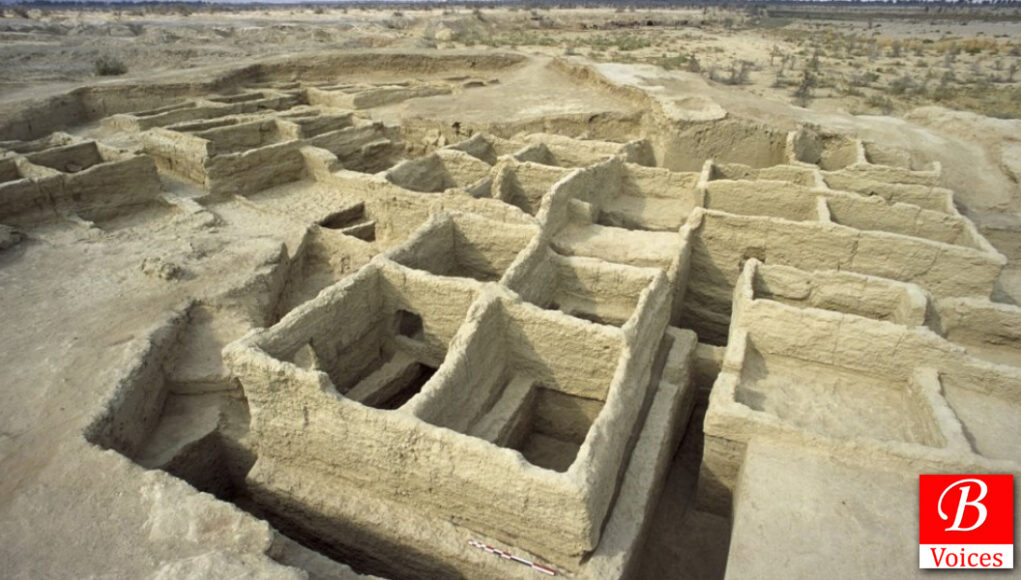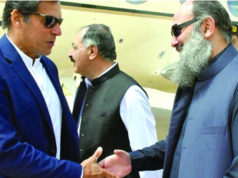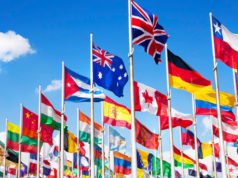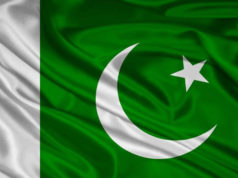 Zafar Ali Buledi
Zafar Ali Buledi
Mehrgarh culture is considered the cradle of the Indus Civilization and played a substantial role in the Neolithic revolution. Most importantly, Mehrgarh has been one of the ancient trading routes and an epicenter for trade and commerce. Keynoyer, an anthropologist and the world’s leading authority on the Indus Civilization, points out with ample lucidity that the “success of Mehrgarh culture, as well as the government, was based on control of trade, the arts, religion and learning” and not on antagonism and hostility making it heaven of love in line with the very root meaning of Mehrgarh.
Despite such a level of immense historical significance, Mehrgarh cultural site remained isolated, and unsuccessful to get the essential and required level of attention. The issues related to the development of Mehrgarh as a world heritage site have not been addressed adequately. It needs immediate attention for preservation, restoration, and rehabilitation.
Close to the mouth of the historic Bolan Pass and 12 kilometers towards the west from Dhadar town in the Bolan district of Balochistan is located Mehrgarh heritage site. This 9000-year-old distinguished and iconic heritage site is a symbol of pride for Pakistan in the discourse of human civilization. The discovery of Mehrgarh placed the country at the center of cultural radiation when compared to the more advanced civilizations of the world.
The French Archaeological Mission headed by Dr. Jean Francois Jarrige discovered this site in 1974. The uncovering of Mehrgarh was a stunning revelation in the world of archaeology. The archaeologists found ample evidence that Mehrgarh is the precursor of the Indus valley civilization and the oldest heritage site in South Asia. It was not an ordinary discovery in the domain of heritage but a superior one that sent tremor waves from Pakistan to all other continents in connection with human culture and civilization.
As per archaeological evidence, this region was home to Stone age hunter-gatherer clusters that continued to flourish for many thousands of years where hunting and gathering remained a way of life. Mehrgarh and surrounding areas of Balochistan province form some environmental resemblance to the southern Mesopotamian plains and the neighboring Iranian plateau. Similar to Mesopotamia, this region also has climatic extremes -intensely very hot summers and occasionally very cold winters. People living in this area get their water supplies from rivers and streams that flow in the mountains.
Explorations and excavations in Balochistan Province have revealed the earliest level of farming culture from this area. The Mehrgarian grew wheat, barley, peas, cotton, and lentils. They established granaries for the storage of grains and exported them to nearby places. It became the breadbasket for Balochistan. This shift from a hunter-gatherer lifestyle to an agriculture-based society was a fundamental and sweeping change which is known as the Neolithic revolution.
There is a tremendous contribution of Mehrgarh in human civilizational achievements, and of them pertains to craft activities. The people of Mehrgarh demonstrated a high level of skill in arts and crafts such as tanning, bead manufacturing, flint making, and metalworking including fashioned tools, pottery making, and female figurines. The beauty and sophistication of artifacts reveal that the ancient dwellers of Mehrgarh seem to have invested tremendous effort in mastering these skills, and that is indeed an enduring contribution.
In Mehrgarh human figurines were found in large quantities. The study of figurines helps us understand the social structure and lifestyle as well as the cultural development of early people. The manufacturing of figurines unfolds a high level of aesthetic sense with a variety of necklaces and pendants, beautiful hairstyles, trousers, decorated belts, and refined jewelry leading to well-defined body attributes and the state of fashion, culture, and tradition. The archaeological research shows that the development of the figurine tradition at Harappa had been the result of the development of the earlier figurine tradition at Mehrgarh.
Moreover, the archaeological skeletal remains reveal that Mehrgarh witnessed the early domestication of animals such as goats, sheep, and cattle. Domestication is a process whereby animals or plants are appropriated and controlled for material and social benefits by human society. The origin of domestication is considered a significant development in the history of humanity.
The research on Mehrgarh provides a large amount of data on the Neolithic settlements at Mehrgarh. The archaeological evidence shows that the people of Mehrgarh were the first to live in mud-brick houses. The houses had different divisions and were in rectangular shape. There is a great similarity in the structure of these houses to those discovered in Mesopotamia in the 7th millennium BC. Besides that, there is further evidence of the resemblance between Mehrgarh and Mesopotamia in agricultural, crafts, and funerary practices.
Mehrgarh is already on the tentative list of UNESCO world heritage sites. This means that the site is suitable for consideration for nomination that can be designated as a permanent World Heritage site in the future. But it has not been declared a world heritage site due to a lack of interconnected infrastructure and protection as well as appropriate management mechanisms including legislative and regulatory measures. It is also mandatory, among other things, to protect heritage property from human encroachments and ensure intangible dimensions. Moreover, maintaining biological and cultural diversity and inclusive, effective, and equitable participation of the communities are some other requirements for the site to be included in the World Heritage list.
Heritage is a powerful resource to drive growth and profits as well as build businesses and create jobs. Once declared a World Heritage Site, this archaeological treasure will tremendously boost heritage tourism. The government can use rich heritage as a platform to fuel tourism promotion helping towards a healthier economy that improves lives and livelihoods.
Mehrgarh heritage site has not received due attention as compared to other sites in Pakistan. Civilized societies always value their heritage as a national treasure. But unfortunately, the Mehrgarh has almost been wiped away except for a mound and few traces on the site due to the river erosion that once gave it life, repeated flooding, and the deteriorating law and order situation.
Today Mehrgarh is waiting to seek its proper and right place in the sphere of history, heritage, and culture. There is an urgent need for collective effort, long-term partnership, and intervention from myriad stakeholders such as decision-makers, academics, social, organizations, civil society, and development partners to work in an appropriate and effective manner for conserving, and restoring the status of Mehrgarh as a World Heritage Site-a national treasure and one of the greatest civilizations the world has yet known.
The writer is a Chevening Alumnus, studied Public Administration at the University of Brighton-UK, and presently serving as Provincial Secretary in the Government of Balochistan, Pakistan.
Disclaimer: Views expressed in this article are those of the writer and Balochistan Voices does not necessarily agree with them.
Share your comments!








